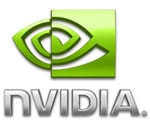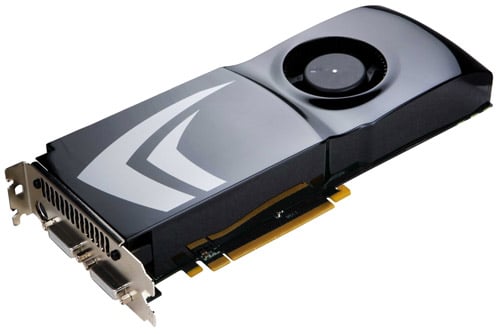NVIDIA GeForce 9800 GTX Round-Up: BFG, EVGA, Zogis
Introduction and Speciifcations

NVIDIA's onslaught of new graphics cards based on the company's G92 graphics processor continues today with the introduction of the GeForce 9800 GTX. As its name suggests, the GeForce 9800 GTX is the successor to the wildly popular and unusually long-lived GeForce 8800 GTX.
We're sure you all know by now that the GeForce 8800 GTX was introduced in November of 2006 and sat unrivaled at the top of the 3D graphics food chain until the 8800 Ultra was released, which was essentially the same card with a different cooler and higher clock speeds. From an enthusiast's standpoint, the GeForce 8800 GTX must be looked at as nothing but an overwhelming success. Regardless of the actual sales figures (which are actually very good), the 8800 GTX's performance alone was so strong, that even 18-months later, chief rival ATI has yet to release a single-GPU as fast as the 8800 GTX. An enthusiast who bought one way back in November 2006, still has one of the most powerful graphics cards available today.

NVIDIA GeForce 9800 GTX
With the GeForce 8800 GTX's excellent pedigree, the new GeForce 9800 GTX certainly has some pretty big shoes to fill. Its name alone will make many users assume the GeForce 9800 GTX is NVIDIA's new flagship single GPU powered graphics card. And technically it is. But we all know what happens when people assume...
Don't sweat it though. There's no need to make any assumptions. We've got a trio of GeForce 9800 GTX cards in-house from NVIDIA's partners BFG, EVGA, and Zogis and have put them through the wringer with some of today's more popular games running at XHD resolutions. By the end of the article, we'll know for sure whether or not the new GeForce 9800 GTX is worthy of its lofty name. For now though, let's see what the GeForce 9800 GTX is made of.

As you can see, on some levels the GeForce 9800 GTX is very similar to the GeForce 8800 GTX. They both have a 10.5" PCB and are equipped with 128 stream processor cores and dual 6-pin PCI Express power connectors. As we've already mentioned though, the GeForce 9800 GTX is based on the newer 65nm G92 GPU, as opposed to the 90nm G80. As such, the 9800 GTX is outfitted with only a 256-bit memory interface and a 512MB frame buffer. If you recall, the 8800 GTX has a 384-bit interface with a 768MB frame buffer. The 9800 GTX somewhat makes up for this through the use of faster 1.1GHz memory (2.2GHz) effective, that results in over 70GB/s of peak memory bandwidth, but it doesn't quite match the 8800 GTX in this department.
According to NVIDIA's reference specifications, the GeForce 9800 GTX calls for a 675MHz core GPU clock, with 1.68GHz shader cores, and the aforementioned 1.1GHz memory. Cards are equipped with a sleek dual-slot cooler with a variable speed fan, dual dual-link DVI outputs, and an HDTV output. We should also note that like the GeForce 9800 GX2, the 9800 GTX has an S/PDIF audio input as well, for funneling audio into the graphics card and out of an HDMI adapter.
Unlike the older GTX, the 9800 GTX has full support for NVIDIA's PureVideo HD video engine, which is a clear advantage for the new card. And the GeForce 9800 GTX also has dual SLI-edge connectors which give the card the ability to support 2- and 3-way SLI configurations. The GeForce 9800 GTX also supports Hybrid SLI's Hybrid Power feature, which will allow the card to shut down completely to save power when used in conjunction with a compatible IGP. Essentially, the GeForce 9800 GTX is an amalgam of the GeForce 8800 GTX / Ultra and new GeForce 8800 GTS 512MB, with some increased frequencies and a few more features.









